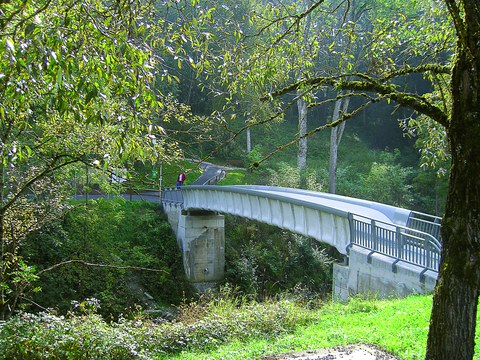Collaborative Research Center 528
Table of contents
Project data
|
Titel | Title |
Short description SP Z: Coordination
Im Teilprojekt Z sind wissenschaftliche Koordination, Organisation und die zentralen Leistungs-, Verwaltungs- und Hilfsfunktionen zusammengefasst, die allen Teilprojekten zugute kommen.Durch das Teilprojekt Z werden wissenschaftlich bezogene Entscheidungen vorbereitet. Zur Entlastung des Sprechers werden Sitzungen der unterschiedlichen Gremien des Sonderforschungsbereichs nicht nur organisiert, sondern z. T. auch inhaltlich vorbereitet. Damit übernimmt das Teilprojekt Z auch einen Teil der Forschungsplanung für den Sonderforschungsbereich. Außerdem werden die verwaltungstechnischen Aufgaben des Sonderforschungsbereichs abgewickelt, insbesondere die Zusammenarbeit mit der DFG, mit der Verwaltung der Technischen Universität Dresden und den Mitgliedern des Sonderforschungsbereichs.Im Rahmen der Vorbereitung von Finanzierungsanträgen sowie der Erstellung der Arbeits- und Ergebnisberichte sowie bei der Vorbereitung von Kolloquien und SFB-Begutachtungen werden vom Teilprojekt Z auch organisatorische Arbeiten übernommen.In der vierten Phase soll die Kinderbetreuung im so genannten SFB-Kindergarten des Studentenwerks Dresden fortgesetzt werden. Insbesondere für die Nachwuchswissenschaftlerinnen soll ein Mentoring-Programm aufgelegt werden. Außerdem soll in der vierten Förderperiode die Öffentlichkeitsarbeit spürbar verstärkt und professionalisiert werden.
Report in the yearbook 2011
Twelve Years CRC 528 – Strengthening with Textile Reinforced Concrete

Segmental TRC bridge in Kempten
On the search for alternative material combinations, in the middle of the 1990s Dresden researchers got the idea of embedding textile fabrics from very high tensile strength, corrosion-resistant continuous fibres in concrete instead of the corrosion delicate reinforcing steel. Today, the new innovative composite is known as textile reinforced concrete (TRC) to the experts.
The objective to create protected bases for the practical application of the TRC was in the centre of the 12-year research work funded by the Deutsche Forschungsgemeinschaft DFG. This fundamental research was done successfully from testing the single materials about component tests up to design concepts.
Present-day reinforcing textiles of the third generation consist of very load-bearing, straight elongated carbon fibres which can compete without problems with traditional steel mesh reinforcement and, however, are fundamentally more flexible and lightweight. The fine concrete developed for these textile fabrics especially is available as pre-bagged cement on the market by now.
The long term properties like durability and fatigue strength were mainly examined in the 4th funding period of the SFB 528. Therefore there are resilient statements concerning the life time of components strengthened with TRC today, what is primarily for the building safety of importance.
The practical application also presupposes that the load carrying and deformation behaviour of the strengthened components cannot only be described mechanically but also forecast with sufficient precision. To this, engineer models were developed for the design of the components strengthened with TRC for the common kinds of loading: bending, shear force, normal force and torsion. Special numeric methods for structural analysis permit very comprehensive examinations of the load carrying system under consideration of statistically spreading input quantities. The suitability of all these methods for a forecast of the load carrying behaviour of components strengthened with TRC was proved impressively with large-scale experiments in the last funding period of the SFB.
Also after completion of the SFB on June 30th, 2011 the research on TRC remains a highly topical topic, because new questions still appeared at the end of the fourth funding period which we want to answer, too. Thus, we will do further research also in future to elicit the last secrets from the TRC.
